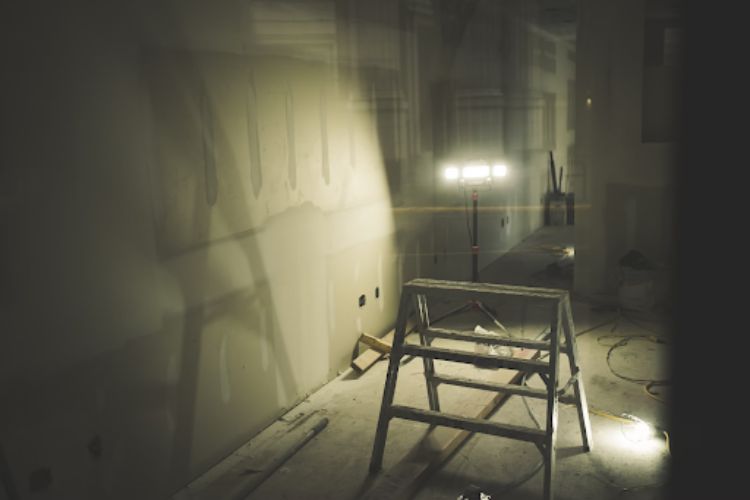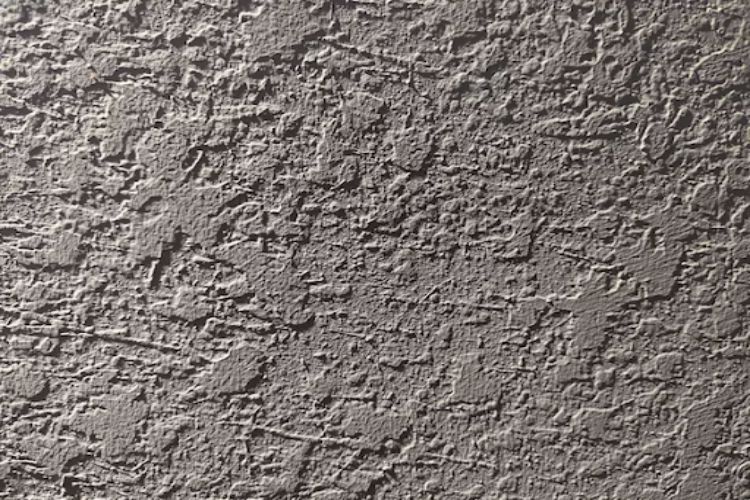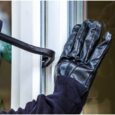 Drywall repair is one of the essential skills every homeowner must master, as it’s quick, relatively straightforward, and helps keep their home looking its best. If you’re a Tampa resident, there are a handful of companies to help you out.
Drywall repair is one of the essential skills every homeowner must master, as it’s quick, relatively straightforward, and helps keep their home looking its best. If you’re a Tampa resident, there are a handful of companies to help you out.
However, you should keep in mind that small holes, dents, and scratches are typically easy to repair using some drywall compound (also referred to as “mud”) and a putty knife. Below are some tips for some DIY repairs you can do before calling your local Central West Florida professionals.
Drywall Repairs
Nails or screws that pierce through drywall leave holes that must be patched. Small blemishes may be hidden with touch-up paint; larger holes require professional repairs. Luckily, the process isn’t difficult – all it requires are tools such as a patch kit and putty knife; just remember a few tips will ensure the best professional finish possible!
According to this site – to fix a nail or screw whole, remove any debris and sand the surrounding area so the surface is level and smooth. Apply a thin coat of joint compound and wait for it to dry; once this process has taken place, sand it to be flush with the wall, apply another thin coat, feather out edges so the repair blends in seamlessly with its surroundings, and apply another thin coat – leaving feathered edges as a final step for aesthetic purposes.
Nail and screw holes that have risen above the surface can be more challenging to conceal than those which are flush. To make the task simpler, consider investing in an inside-corner knife; these specialized tools allow for faster compound application without creating high spots that will stand out once painted on.
Along with a drywall patch and putty knife, you will also require a pre-mixed joint compound, commonly referred to as “mud.” If your hole is particularly large, a larger bag might be necessary; keep in mind that as it dries it may shrink slightly so you may require multiple applications of the material.
Nail and Screw Pops
Drywall nail and screw pops are quite prevalent, particularly in modern construction where nails have taken the place of traditional methods like shiplap or lathe and plaster for wall construction. Popped nails or screws may appear anywhere one comes loose from its spot in the wood due to lumber shrinkage; their repair can usually be accomplished using a utility knife to scrape away excess joint compound around fastener heads (if it’s a nail simply lightly tap it with a hammer).
Locate the pop with a putty knife, and use a drill fitted with a Phillips bit to back out the nail or screw. If these words seem foreign to you, it’s best you visit www.drywalltampapro.com and let the professionals handle it. If done by them properly, the head of the nail or screw should remain slightly below the surface of the drywall.
If you’re still on board – next, you should locate the framing (this may require several tries; if you hear a hollow sound it’s likely there). Re-secure drywall to framing with screws instead of nails for better grip strength over time and resistance against movement over time.
Once the drywall has set and dried completely, lightly sand the area with a 150-220 grit sanding block or pole sander to achieve a uniform surface and make any patches unnoticeable. This will also help blend them in seamlessly with surrounding wall textures and ensure a better appearance of patches in general.
 Damaged Corner Beads
Damaged Corner Beads
Corner beads provide protection for drywall edges while providing a smooth finish and come in both metal and plastic varieties. While both types of corner beads should last a long time without needing repairs, if they become detached from their walls or become damaged it’s important that these bead repairs occur quickly to avoid further issues with your wall and to maintain aesthetic appeal.
Uneven or missing corner beads can leave crumbling drywall and create an unsightly appearance. To address this problem, examine the area to assess its extent. Afterward, clear away debris around it before covering it with a drop cloth to prevent further dust or debris build-up.
If the corner bead has become loose, applying a spackling compound can reattach it. Use a putty knife to smooth it over, making sure it matches up perfectly with both sides of the drywall. Once dried, sand the corner bead and apply additional compound if necessary.
However, if the bead has come completely detached from the wall, you will need to install a replacement one. First, cut a piece of metal corner bead with metal snips so it matches the height of your existing bead before fitting it in its slot and nailing down its flanges so they do not bend in the future.
Hopefully, you can take care of these minor things yourself, but never discount the work of trained professionals who will give you the best performance available for obtainable prices.




